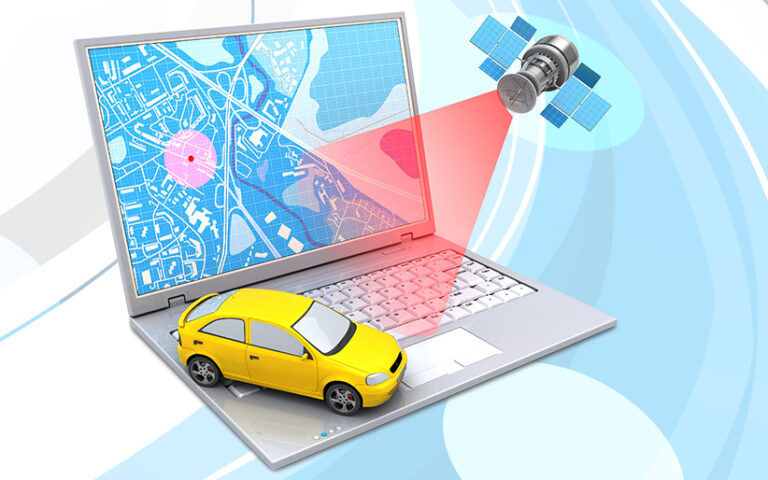This article was originally published on Fleet News.
A study from Arval Mobility Observatory’s 2019 Barometer shows that technicians and salespeople top the list of drivers using telematics. Their company cars and vans are being fitted with the devices, according to the study.
The 2019 study covered 3,930 organisations, asking various questions about fleet and mobility trends.
The independent study asked about which drivers had telematics equipment fitted to their vehicles, respondents said engineers (54%), salespeople (30%), perk car drivers (28%) and delivery drivers (28%) while 43% accounted for “others”.
The research also compared the differences between company size when it came to telematics adoption, showing that penetration in larger organisations.
A total of 47% of businesses with more than 1,000 employees are using telematics, compared to 45% of 100-999 employees, 39% of 10-99 employees and just 3% with fewer than 10 employees.
Shaun Sadlier, head of Arval Mobility Observatory in the UK, said: “Falling costs, easier implementation and overall effectiveness have all seen a dramatic increase in telematics adoption in recent years.
“However, there is limited information available about how this technology is being used. Our findings therefore make interesting reading.”
The Arval Mobility Observatory research concluded by looking at differences between company car and LCVs in why businesses adopted telematics but found few.
The top three responses were to locate vehicles (car 49%, LCV 56%), to improve driver behaviour (car 41%, LCV 44%) and to improve driver safety (car 33%, LCV 35%).
With 28% of perk car drivers using telematics, it shows a shift in managers believing that telematics should be used across their fleets.
The differences between smaller and larger fleets shows the gap between big organisations of more than 1,000 employees where penetration of telematics is almost half, compared to very few of the smallest businesses, shows that the industry could certainly do more to promote the benefits of the technology to SMEs.
The study suggests that this technology provides benefits whatever vehicle it is implemented within.






